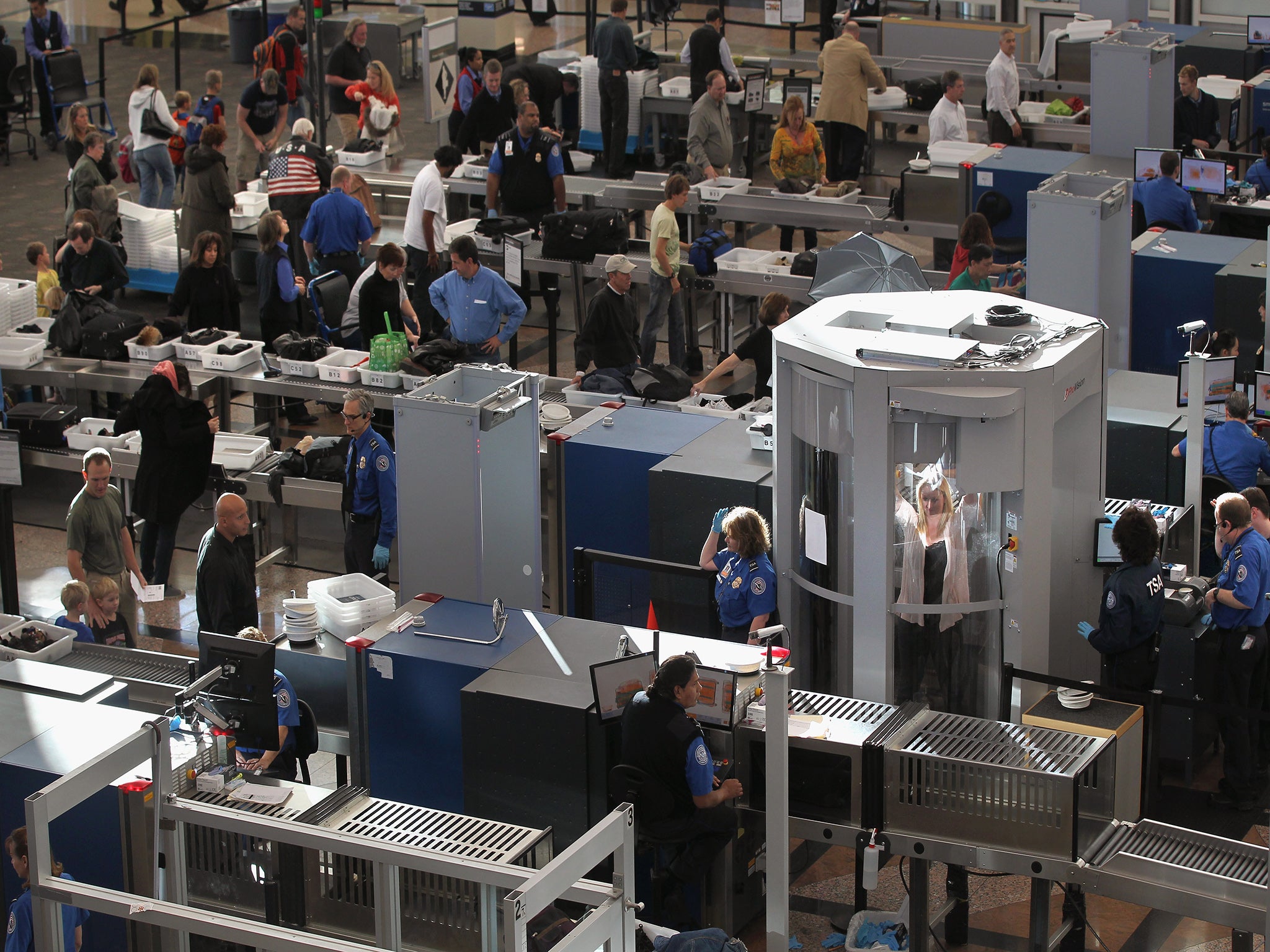TSA failed 95% of tests attempting to smuggle mock explosives and banned weapons in airports
Tests were conducted by the Department of Homeland Security

Your support helps us to tell the story
From reproductive rights to climate change to Big Tech, The Independent is on the ground when the story is developing. Whether it's investigating the financials of Elon Musk's pro-Trump PAC or producing our latest documentary, 'The A Word', which shines a light on the American women fighting for reproductive rights, we know how important it is to parse out the facts from the messaging.
At such a critical moment in US history, we need reporters on the ground. Your donation allows us to keep sending journalists to speak to both sides of the story.
The Independent is trusted by Americans across the entire political spectrum. And unlike many other quality news outlets, we choose not to lock Americans out of our reporting and analysis with paywalls. We believe quality journalism should be available to everyone, paid for by those who can afford it.
Your support makes all the difference.The Transportation Security Administration failed to discover mock explosives and banned weapons with alarming regularity, missing the threats 95 per cent of the time, according to an investigation of US airport security.
The Department of Homeland Security sent its so-called Red Teams to pose as passengers and attempt to smuggle the fake explosives and weapons through airport security, and it almost always worked.
“Upon learning the initial findings of the Office of Inspector General's report, (Homeland Security) Secretary (Jeh) Johnson immediately directed TSA to implement a series of actions, several of which are now in place, to address the issues raised in the report,” Homeland Security said in a statement.
The TSA did stop one undercover agent after he set off a magnetometer, but screeners did not find the fake explosive he had attached to his back, according to the report.
“We know that the adversary innovates and we have to push ourselves to capacity in order to remain one step ahead,” a TSA official wrote on the agency’s blog in March 2013. “[O]ur testers often make these covert tests as difficult as possible.”
Follow @PaytonGuion on Twitter.
Join our commenting forum
Join thought-provoking conversations, follow other Independent readers and see their replies
Comments